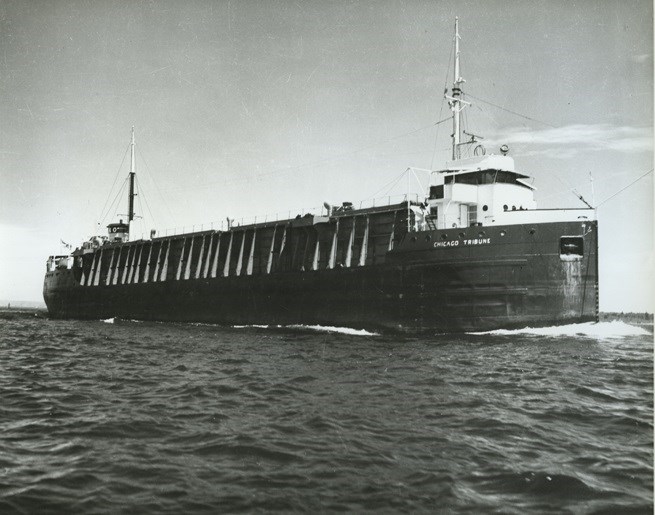From the archives of the Sault Ste. Marie Public Library:
Navigating the Great Lakes has always been integral to the economic prosperity of the towns and posts that exist on its shores. Dating back to the fur trade and prior to that, Indigenous People used canoes to transport furs for trade.
Sault Ste. Marie has always been uniquely situated on a major route along the St. Lawrence Seaway. When the Canadian Soo Lock was constructed in 1895 it was the longest canal in the world. Approximately 4.65 million tons of cargo passed through the canal in 1896, its first year of operation and by the start of World War I it would increase to 43.5 million tons.
As time progressed the fur trade gave way to the industrial age; freighters and steamers of various sizes and types would transport both people and cargo like steel and agricultural goods throughout the Great Lakes. With the launching of the first steel ship, the Spokane, built for the Great Lakes in 1886, the speed and the safety with which ships could travel increased tremendously. Shipping vessels like freighters have been essential to the economy and a lifeline to communities like Sault Ste. Marie.
The sighting of the first freighter of the new shipping season in the St. Marys River is always a cause for celebration because it signals the start of a return to the transportation of goods by water for another year.
The Sault Ste. Marie Public Library Archives has a variety of photographs that show many of the freighters that have sailed the Great Lakes over the years.
Each week, the Sault Ste. Marie Public Library and its Archives provides SooToday readers with a glimpse of the city’s past.
Find out more of what the Public Library has to offer at www.ssmpl.ca and look for more Remember This? columns here
